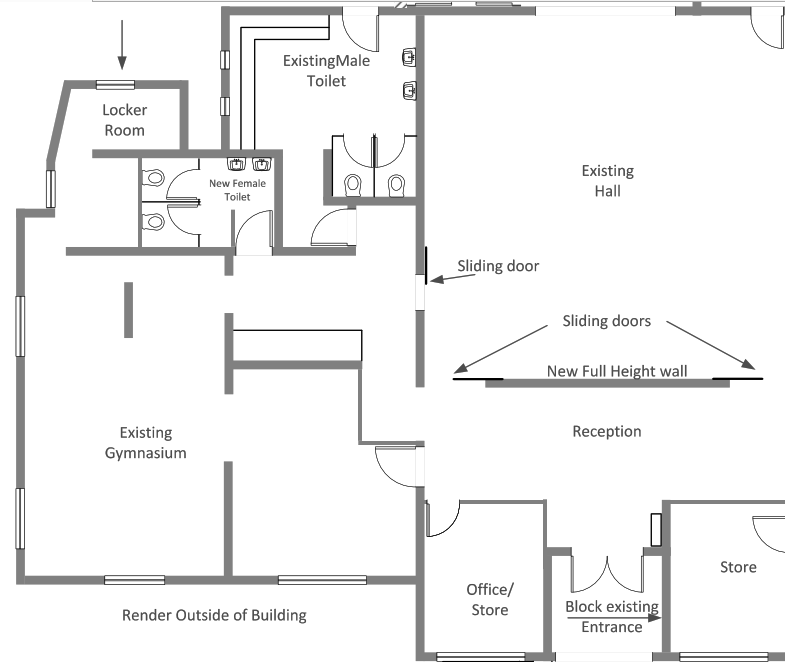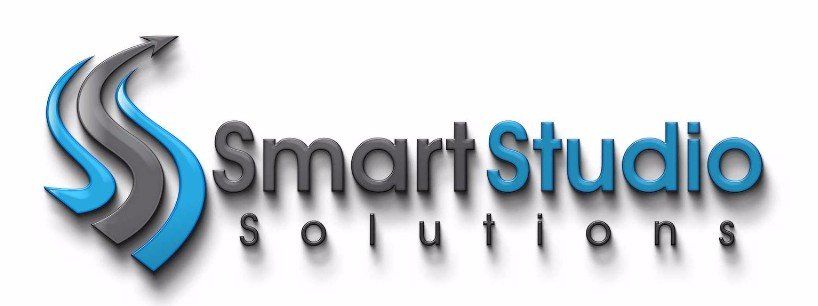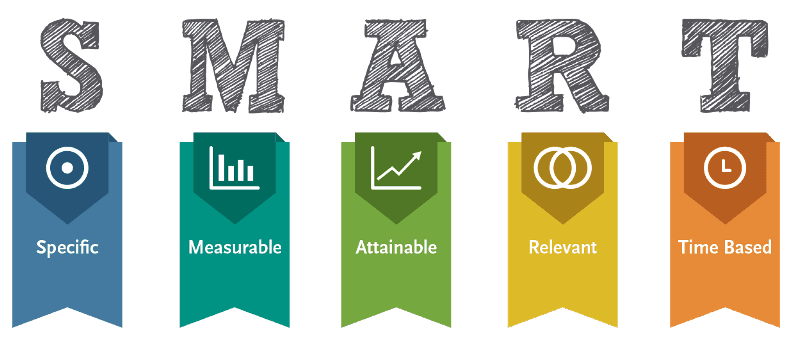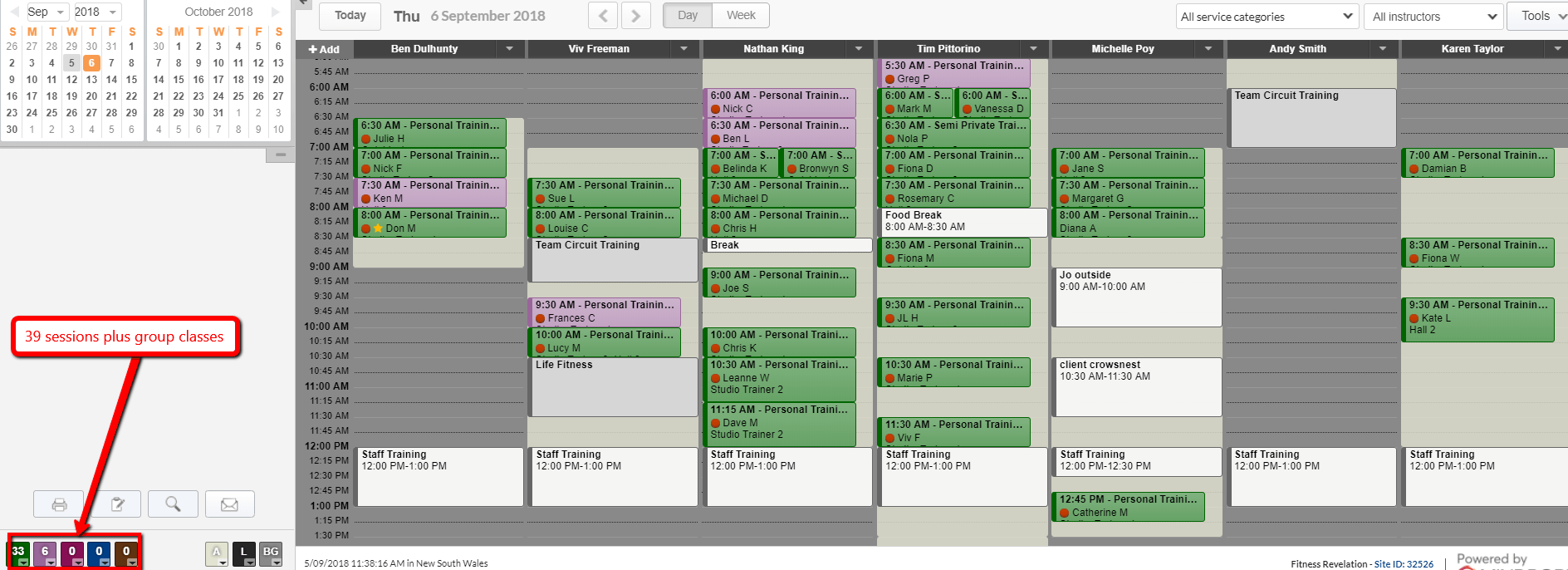Goal Setting 101
SMART Objectives
People often ask me how I set goals with my staff, and how their goals fit into the goals of the business. Well, to answer that, you have to firstly know what your goals are for the business, and to know that, you have to go back to your business plan. When you started out in business, this plan was your bible. Everything you did day to day, week to week was based off the back of this plan - and so it should have been!
However, when staff come into the equation it's important you don't lose sight of that plan, in fact, good staff will buy into that plan and sometimes, build their plans off of your plan!
So, back to the original question.. once you are clear on your business goals and you have great staff who have bought into your vision, their goals can stem off from there. Remember though, it's not always as simple as plucking goals out of the sky.. there is a system by which to set goals, both for your business and your staff. This is best discussed at the new staff member's orientation and/or their Performance Review.
Before meeting with your staff member for their performance review, remember the key guidelines to goal setting and measuring. The SMART system is one we choose to adopt with our companies due to its simplicity and ease of application.
The SMART system broken down is:
S pecific
Clearly define in unambiguous terms the scope of the objective, such as how many sessions, what days, how many hours, what types of sessions (eg bootcamp, PT, massage), how much revenue?
M easurable
Describe how success will look to a dispassionate observer. Use numbers, quantify the goal, ie this many sessions = this much revenue.
A chievable/Attainable
The objective should be ambitious, yet within the reach of the staff member given the resources and time allocated. An unrealistic objective will certainly lead to failure.
R elevant
Relate the objective to the broader strategic and/or operational objectives of the organization. Avoid objectives that do not contribute directly to the end game. Eg: staff member wants to build massage database even though it’s a bootcamp business.
T ime framed/Based
State the point in time that the objective will be achieved by, such as end of financial year.
The main advantage to be gained from defining your objectives as SMART goals is that once you and your management team start using it, airy fairy thinking goes out the door. Everyone knows what everyone else is doing and WHY they are doing it. And when it comes time to evaluate whether the objectives were met, you will all have a clearly graduated ruler to put up against your results.
Apply the above SMART test to the organizational objectives related to your business.
Examples of poorly stated objectives include the following:
·enhance the buying experience of our customers
·produce more value-add products
·build a more productive work environment
·create more happy customers
·hire people who fit in with our work culture
·improve leadership skills
BETTER:
·Create 4 new Programs for our clients by Dec 31
·Create 4 new products that include one service
·Incorporate 2 training days for the staff before June 30
·Incorporate a customer satisfaction survey to measure the happiness of clients
·Devise a new interview process to attract like-minded staff to our facility
·Organise 2 training days for senior staff on leadership and team culture by June 30
Now that you have created the goals - the next part is implementing them, and motivating the staff to help you!
Look out for my next post on how to motivate staff to achieve your business goals.
Yours in Fitness Business Success,

Ben Dulhunty












